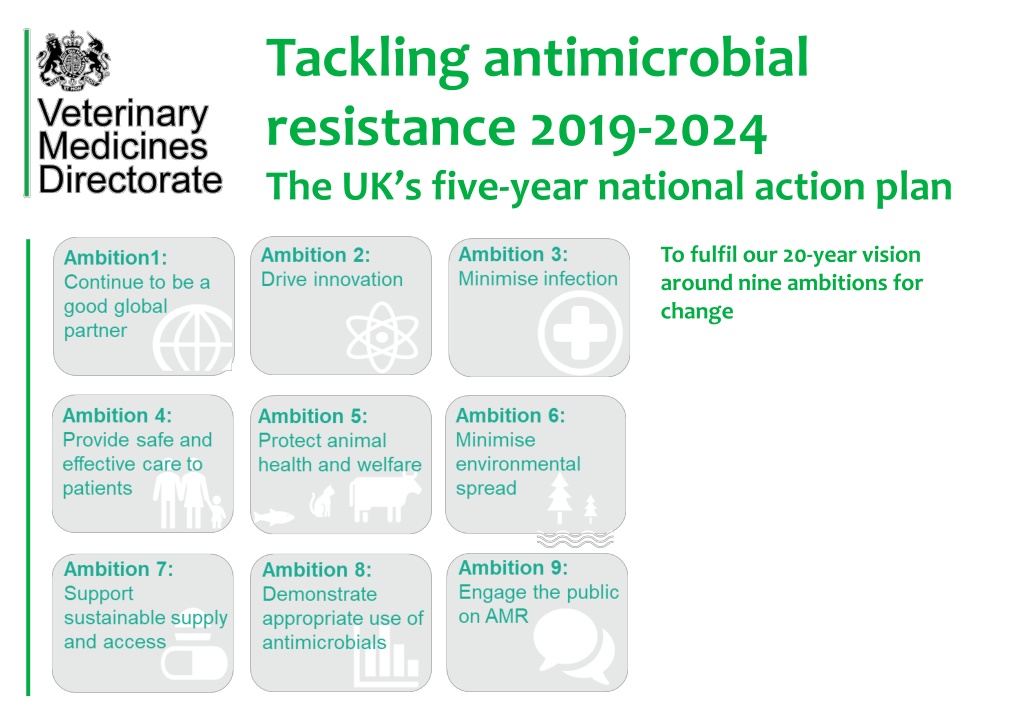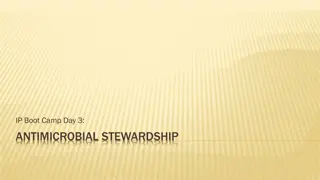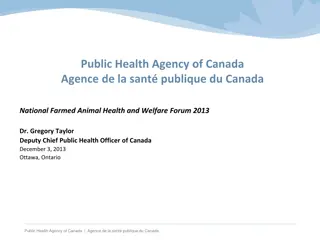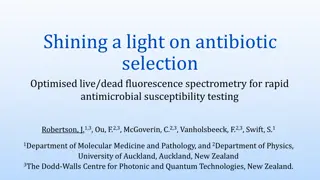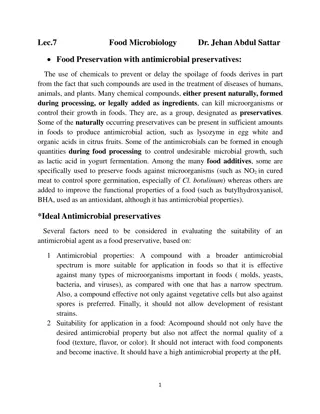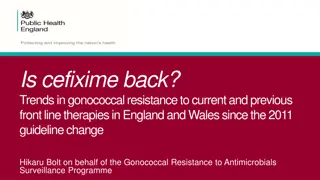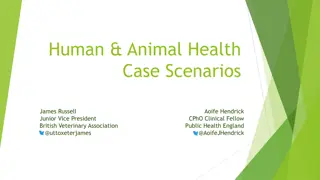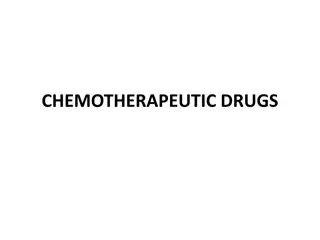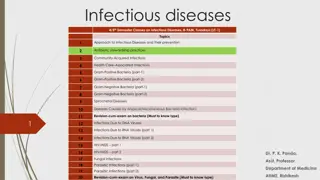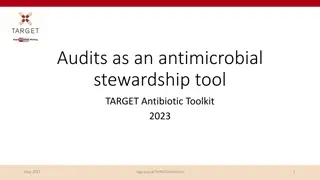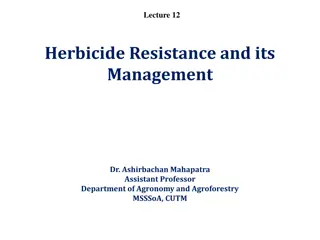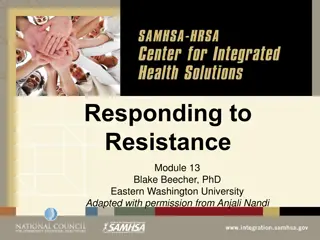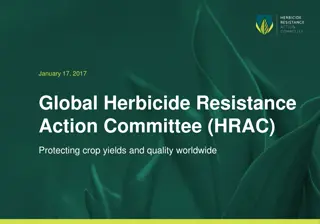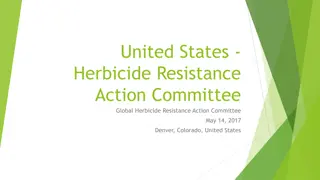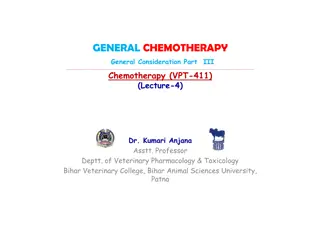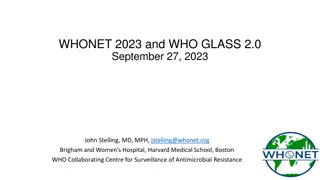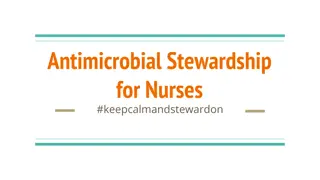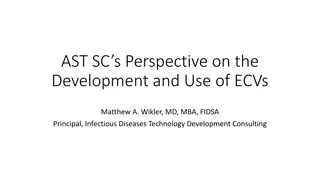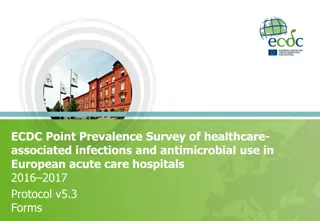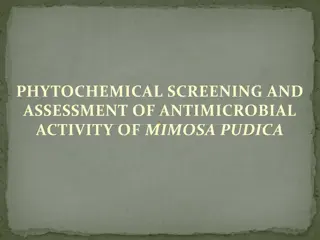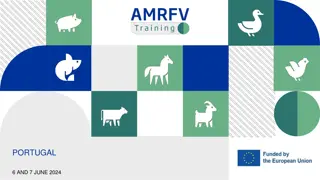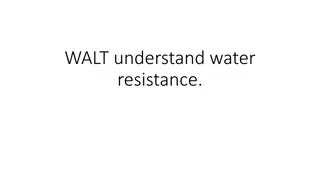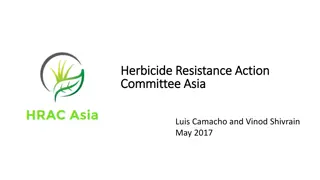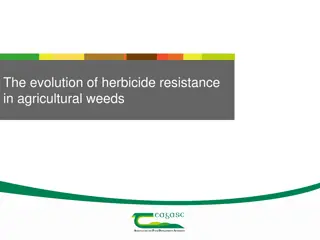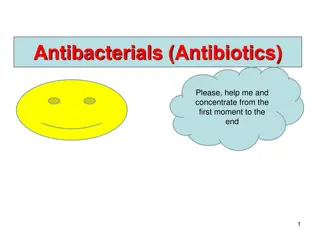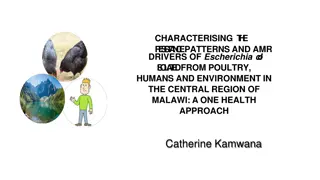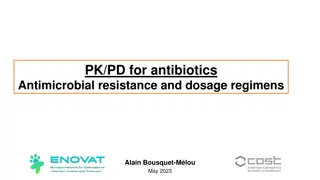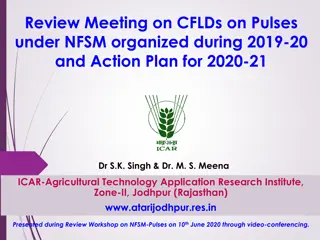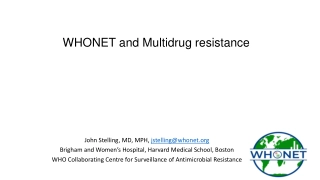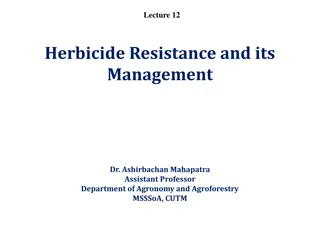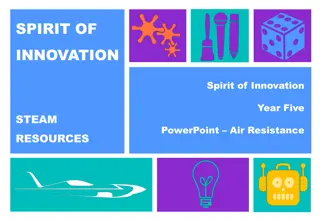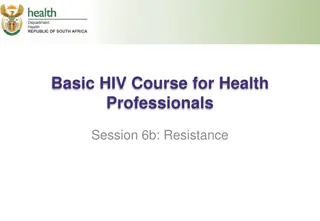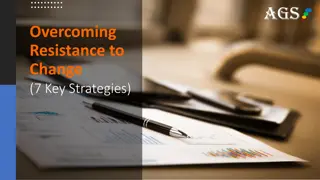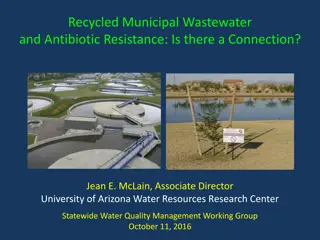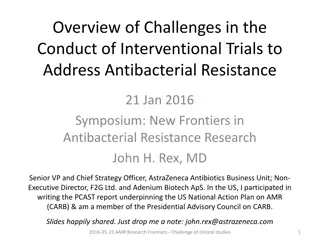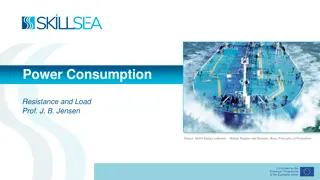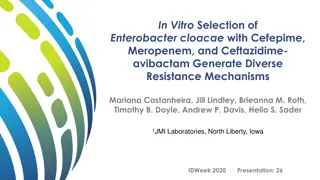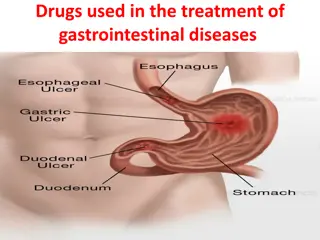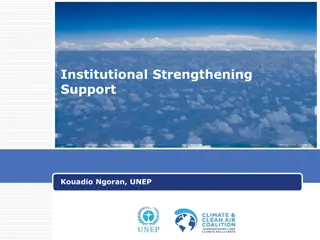UK National Action Plan 2019-2024: Tackling Antimicrobial Resistance
The UK's five-year national action plan aims to lower the burden of animal infection and minimize the spread of antimicrobial resistance (AMR) through the environment. Efforts include promoting animal husbandry practices to prevent diseases, enhancing vaccination efforts, exploring alternatives to antibiotics, deepening understanding of AMR in animals, humans, and the environment, and supporting research to reduce AMR risks in the environment. Collaboration with veterinarians, farmers, and industry stakeholders is key to implementing successful strategies.
Download Presentation

Please find below an Image/Link to download the presentation.
The content on the website is provided AS IS for your information and personal use only. It may not be sold, licensed, or shared on other websites without obtaining consent from the author. Download presentation by click this link. If you encounter any issues during the download, it is possible that the publisher has removed the file from their server.
E N D
Presentation Transcript
Tackling antimicrobial resistance 2019-2024 The UK s five-year national action plan To fulfil our 20-year vision around nine ambitions for change
Lower burden of animal infection Promote animal husbandry that prevents endemic diseases Promote vaccination to prevent endemic disease. Understand how AMR spreads within and between animals, humans and the environment and how to control it. Identify the barriers to veterinarians promoting vaccines, and to farmers using them; and use these to inform future actions, while recognising the need for a sector-specific approach. Encourage greater uptake of available vaccines. Explore potential alternatives to antibiotics including novel therapies, nutrition and genetics. Develop plans with the veterinary profession and livestock industry to improve animal health and address endemic disease issues through disease control schemes, veterinary advice and health planning, and tools for promoting knowledge transfer (such as guidance, training and communication). Work with the veterinary profession to encourage best practices for infection control in companion animals (pets) and horses and address infection risks specific to companion animals. Evaluate the impact of changes in animal husbandry practices and antibiotic use on farm economics and use the findings to promote best practice. Encourage regular monitored animal health planning as a key strategy for infection prevention and control in farmed animal enterprises. Review the effectiveness of animal health planning interventions to learn and disseminate best practice at regional and national level. Identify and address evidence and knowledge gaps on transmission pathways of AMR between animals and the environment within a systems approach. Improve our understanding of available disease data by working with the industry and the veterinary profession. Consider how to expand this and share at farm, regional, national and species level. Use in tandem with the development of a new Livestock Information Service to develop more targeted interventions improving animal health and reduce antibiotic use. Explore options to map awareness-raising activities and support collaboration, including running collaborative campaigns to promote good animal health and measure change over time.
Minimise spread of AMR through the environment Deepen understanding about AMR in the environment Minimise antimicrobial contamination Support research to reduce evidence gaps and improve understanding of the hazards and risks from AMR in the environment. Explore the establishment of a river catchment based research programme with clear standards for sample collection, analysis and review, with the aim of delivering AMR monitoring data that can be used to evaluate existing management interventions and inform any new policy initiatives. Increase public awareness of the hazard and risk of AMR in the environment. Look to maintain in domestic legislation, the standards set by the Environmental Quality Standards Directive as amended by the Priority Substances Directive for harmful substances in the aquatic environment which might otherwise contribute to the spread of AMR; and to amend our lists of priority substances and contaminants of emerging concern (including antimicrobials) and their corresponding standards in future to take account of technical and scientific developments. Work with other countries to ensure responsible antimicrobial procurement from manufacturers with transparent world class environmental stewardship in their supply chains. Collaborate with industry to promote the development of a global environmental stewardship certification system that can distinguish responsible manufacturers of antimicrobials. Continue to support the AMR Benchmark to 2020 to stimulate improved accountability.
Optimise use of antimicrobials in animals and agriculture Strengthen stewardship for responsible use Improve data and control Work with industry to develop appropriate training, guidance and other communications for antimicrobial users and prescribers to encourage the uptake of recommended practices and evaluate their impact. Explore, in collaboration with industry, options to develop rapid and reliable diagnostic tools to inform veterinarians prescribing decisions; and promote the uptake of these tools. Improve the data available on levels of antimicrobials used in main livestock sectors and work with industry to review, refine and implement sector-specific targets. Explore and work with existing systems that are monitoring the use of antibiotics and AMR in companion animals and horses to refine our understanding of the situation in these sectors; and report on collective use of antibiotics in household companion animals. Aligning with EU legislation, we will implement the provisions of the new EU Veterinary Medicines legislation on the use of antibiotics, subject to the official public consultation process and through collaboration with stakeholders to agree how it can be applied in practice. Work with global partners to build regulatory capacity in LMICs animal health sectors (by supporting control options for manufacturing, authorising, distributing, marketing, inspecting and surveying use of veterinary medicines).
Stronger laboratory capacity and surveillance of AMR in animals Strengthen laboratory capacity and surveillance of AMR in animals Explore how to coordinate and integrate surveillance schemes to provide a more complete picture of antibiotic resistance, use and residues that can facilitate analysis of trends over time and across animal sectors. Work with the private sector, industry and academia to develop ways to share data to enhance the sensitivity of our surveillance systems for antibiotic resistance and use. Explore options for including new monitoring tools, such as whole genome sequencing and other molecular-based methods, to improve and add value to our surveillance data. Explore ways of using UK surveillance data to better understand AMR transmission pathways between animals, environment and humans. Work with global partners to promote the establishment of surveillance systems overseas, and establish an international AMR One Health UK reference centre to work within an international collaborative to better harmonise and integrate data on common or emerging threats across human, animal, food and environment sectors. Further develop harmonised One-Health AMR surveillance including laboratory methodologies and reporting approaches.
Development of, and access to, vaccines Better quality assurance of AMR health products Stimulate broader access to and more R&D into vaccines and alternatives Improve quality assurance of AMR health products Support the animal medicines industry in their initiative to improve image and uptake of vaccines through proactive campaigns and encourage private investment in vaccine development. Support existing and emerging PDPs for human and animal vaccines, including for meningitis and diarrhoeal diseases. Use UK Aid to promote the global use of accelerated access approaches to vaccines for priority pathogens in humans and animals. Work with the pharmaceutical industry, the OIE and veterinary profession to identify market gaps and options for new product development in animal sectors. Explore options to set up a co-ordinated research programme to develop novel and improved vaccines, strategies and diagnostics for livestock, fish, companion animals and horses, based on identified market gaps. Commission research into the extent of on-line purchasing and of illegal sales of antimicrobial agents in the UK. Use our regulators (MHRA and VMD) close working relationships with major websites to tackle the illegal sales of human and veterinary antimicrobials online. Explore options for including veterinary medicines in the EU s Falsified Medicines Directive. Continue to support international monitoring of therapeutic quality through the Global Surveillance and Monitoring System and, with partners, advocate for animal medicines to be included. Work with global industry to promote ways of formulating and packaging products that reduce the risk of falsification.
